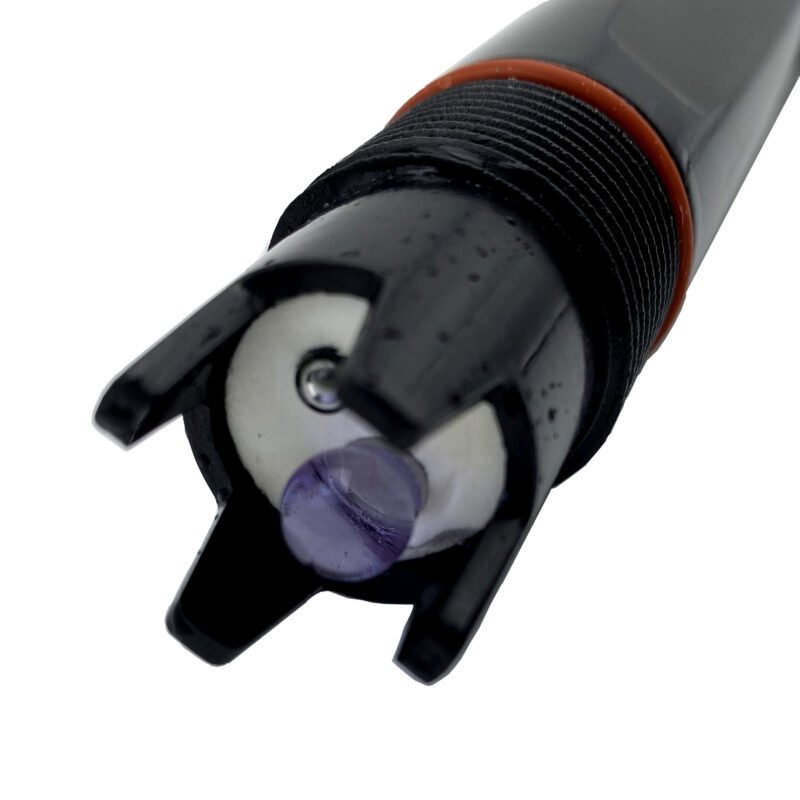Water quality monitoring is critical to ensure that our natural resources are well protected and preserved. One of the essential parameters of water quality monitoring is the pH level. pH is a measure of the alkalinity or acidity of a solution and can affect various natural and human-made factors. As an essential indicator of water quality- pH can affect the aquatic organism’s health and the ecosystem. Ph probe sensors play a vital role in environmental water quality monitoring for several reasons. Let us explore!
pH is a critical parameter for aquatic life
Aquatic organisms, including fish and invertebrates, have specific pH requirements for survival and reproduction. Changes in pH can damage ocean life through decreased growth and reproduction rates or disease susceptibility. The sensors can provide real-time pH monitoring in aquatic environments. It allows quick corrective actions if pH levels fall outside the acceptable range.
Get insights into the natural and human-made factors affecting the water system! Rainfall, soil type, and vegetation can affect pH levels in water bodies. Human-made factors such as agricultural runoff, industrial discharges, and wastewater treatment can also affect pH levels in water bodies. By monitoring pH levels, environmental scientists can identify potential sources of contamination. It helps you take corrective actions to protect the water system.
pH affects the efficacy of water treatment processes
For water treatment processes such as coagulation, flocculation, and disinfection- pH plays a vital role. The water treatment processes rely on specific pH levels to remove contaminants. Monitoring pH levels in water treatment systems optimizes treatment efficiency. It ensures that the water meets regulatory standards.
pH can show the presence of pollutants
Changes in pH levels can state the presence of pollutants in the water. For example, acidic pH levels can show acid mine drainage. It is a common environmental problem caused by the release of sulfuric acid from mines. Monitoring pH levels in water bodies can help identify potential pollution sources.
The mobility and solubility of heavy metals in the water get impacted by pH. High pH levels can cause metals to precipitate out of the solution, reducing their toxicity. Low pH levels can cause metals to become more soluble and mobile, increasing their potential toxicity. Monitoring pH levels in water bodies can help to understand the pollutants and their potential impacts.
pH is an important indicator of ecosystem health
Changes in pH can alter the availability of nutrients and affect the diversity and plenty of aquatic organisms. It may even result in the ecosystem’s demise. Monitoring pH levels in water bodies can help identify potential effects on the ecosystem’s health.
Conclusion:
Ph probe sensors are essential tools for environmental water quality monitoring. The Ph sensors provide real-time monitoring of the pH of a liquid, allowing for quick adjustments and corrective actions. Getting accurate measurements of the acidity or alkalinity of a liquid is critical in many industrial processes.
Contact our experts to learn more about Kacise KWS750 online pH probe’s technical specifications and features!






